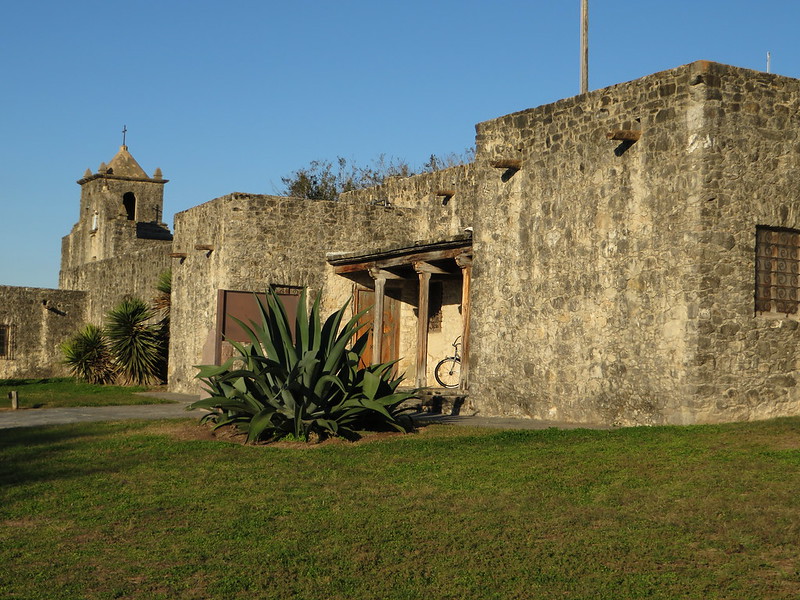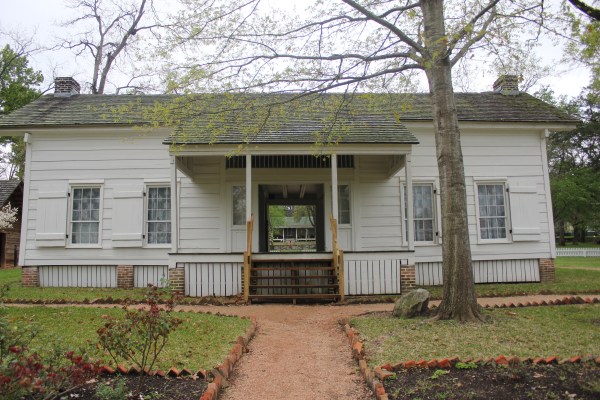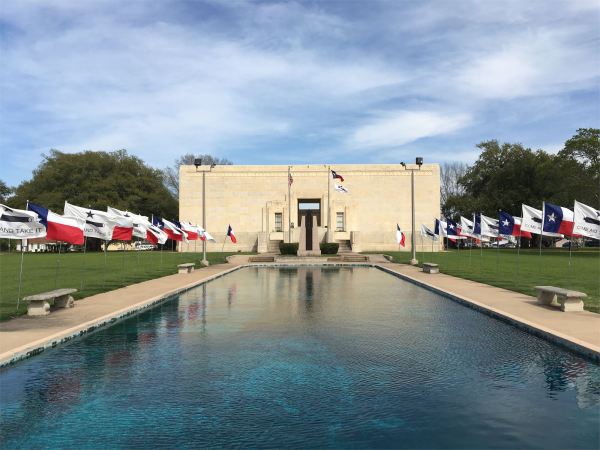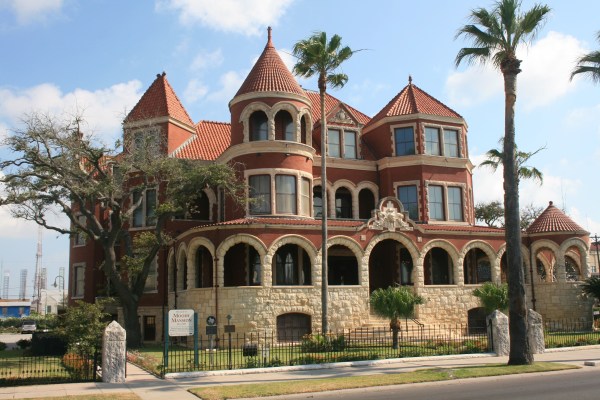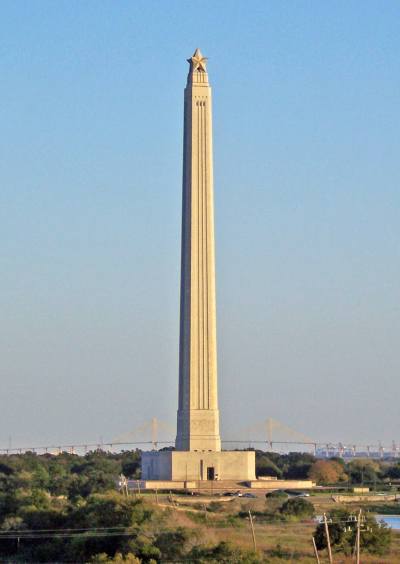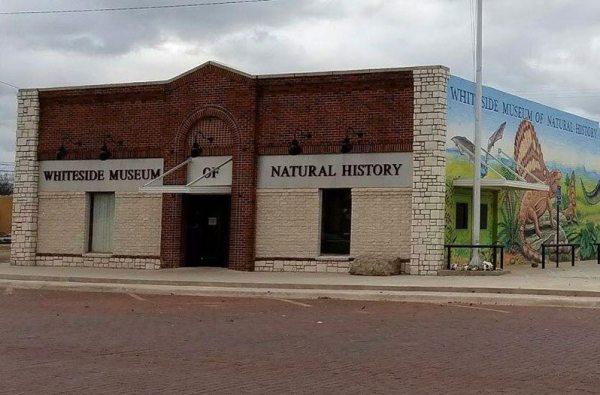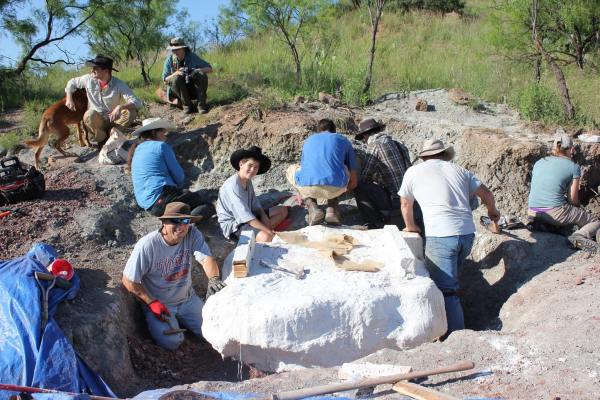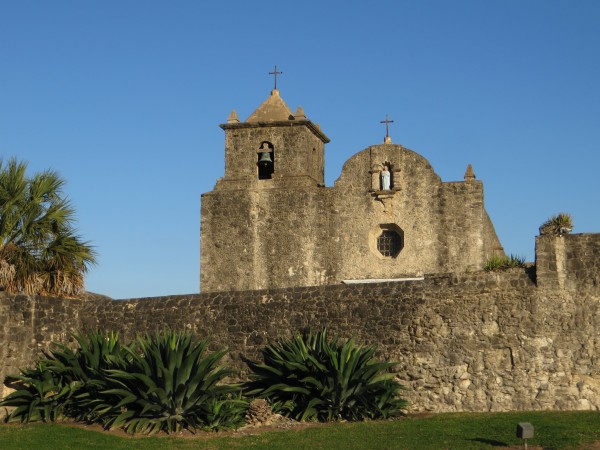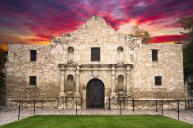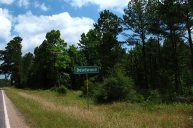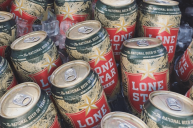Texas is resplendent with history, but for some reason people get really stuck on the Alamo. It's understandable - it's an awe-inspiring and tragic story that perfectly illustrates the strength of Texan spirit. However, there's so much more to the Lone Star State. Texas has historical sites ranging from recent history to prehistory. Check out this list of historic Texas sites you should visit that aren't the Alamo.
Videos by Wide Open Country
Sam Houston House
This modest dwelling in Huntsville belies the home's rich history. Woodland, as it's known, was once the residence of Sam Houston. Houston served as President of the Republic of Texas, and later, Governor. This home was Houston's when he was United States Senator, from 1847-1859. The house is part of the Sam Houston Memorial Museum.
The King Ranch
Founded in 1853, the King Ranch is the largest ranch in the state of Texas. If you make it down south, the ranch hosts tours daily. The King Ranch is responsible for the breeding of the famous Santa Gertrudis cattle, as well as thoroughbred quarter horses. It's considered by many Texans to be the birthplace of American ranching.
Washington on the Brazos
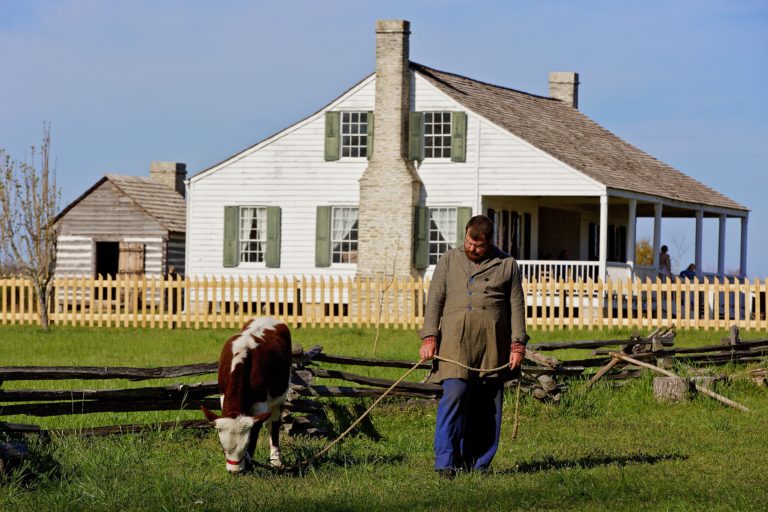
Washington on the Brazos
Washington-on-the-Brazos is considered to be the birthplace of Texas. It was here that delegates signed the Texas Declaration of Independence after the Texas Revolution. This little town is where Texas became a republic. It's now a State Historic Site with a museum you can visit.
Gonzales Memorial Museum
Texans may not know much about the small town of Gonzales, but if you've got a "Come and Take it" t-shirt or bumper sticker, then you should visit. Texans fought one of the first battles of the Texas Revolution here. The story goes that the Mexican government tried to confiscate the town's small cannon that was kept as a defense against attacks from Native American tribes. You can imagine how Texans would have reacted to that. Visitors can see the actual cannon on display at the Gonzales Memorial Museum.
Moody Mansion
One of the few structures to survive the devastating Galveston Hurricane of 1900, Moody Mansion was owned by the prominent Moody family until 1986 after which it became a museum. Built in 1895, the home has weathered every major hurricane to hit the Texas Gulf Coast.
National Museum of the Pacific War
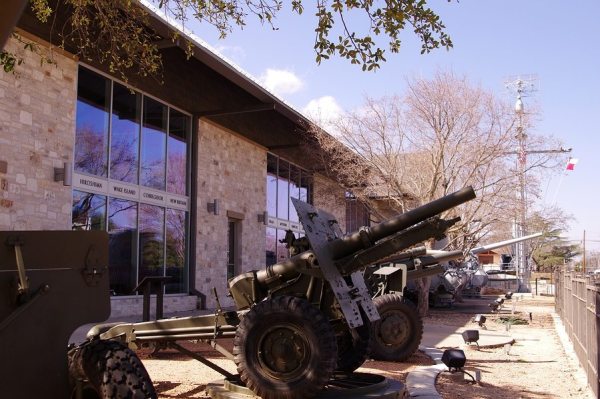
National Museum of the Pacific War in Fredericksburg, Texas
Famous Texan Admiral Chester Nimitz was an important man who controlled United States Naval fleet in the Pacific theatre of World War II. The Admiral Nimitz Foundation created the National Museum of the Pacific War in his honor. You can find the museum in Nimitz' hometown of Fredericksburg. It stands in recognition of Admiral Nimitz and the many men and women who lost their lives in that conflict.
San Jacinto Monument
The San Jacinto Monument is more than just a Texan attempt to outdo Washington (the monolith is 15 feet taller than its D.C. counterpart.) It sits on the historic San Jacinto battleground, and marks the spot of the last battle of the war for Texas independence. This is where Sam Houston captured the Mexican General Santa Anna.
West Texas Prehistoric Rock Art
Texas history doesn't start when it obtained statehood in 1845. It didn't even start when priests built the first Spanish mission in 1682. There were people in Texas much earlier than that, and they left their marks, literally, in caves in West Texas. You can see some prehistoric cave drawings in Hueco Tanks State Park and Seminole Canyon State Park. If you can't make it out that far though, you can see projected images of the ancient drawings at the Witte Museum in San Antonio.
Whiteside Museum
Another great aspect of Texan prehistory, you can view dimetrodon skeletons at the Whiteside Museum of Natural History in Seymour, Texas. Texas is home to one of the largest and most paleontologically significant collections of Precambrian reptiles in the world, and the digs around Seymour are ongoing. At the Whiteside Museum you can see the progress of skeletons that are still in the process of being cleaned.
Presidio La Bahia
Presidio La Bahia is the site of the Goliad Massacre, which took place shortly after the Alamo fell. Rather than causing the Texan army to lose faith, Goliad, along with the Alamo became the rallying cry that carried the Texans on to victory against the Mexican army. The mission is open daily (except for major holidays).
This article was originally published in 2017.
Now Watch: 7 Hidden Gems of the Texas Hill Country
https://rumble.com/embed/u7gve.v3xjkl/
